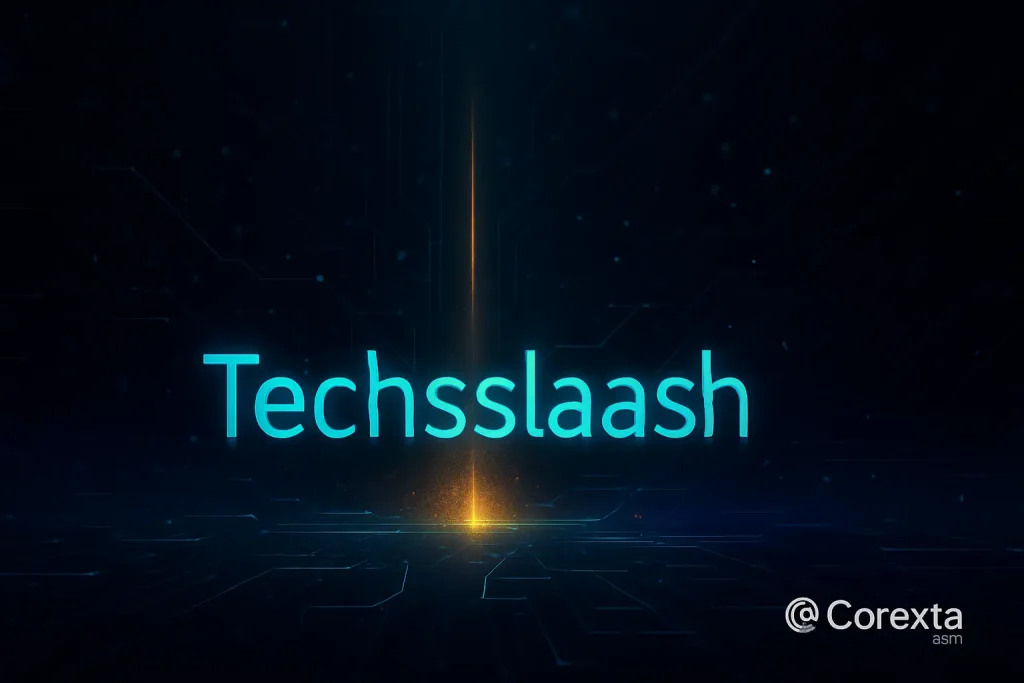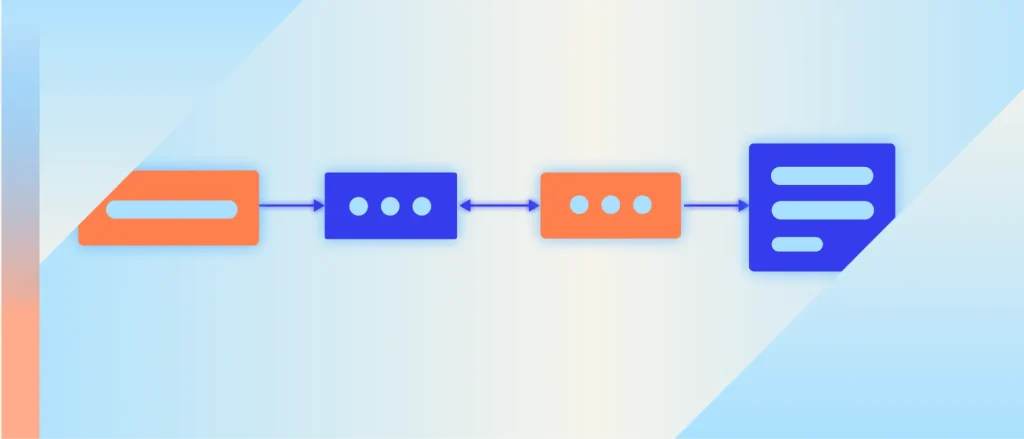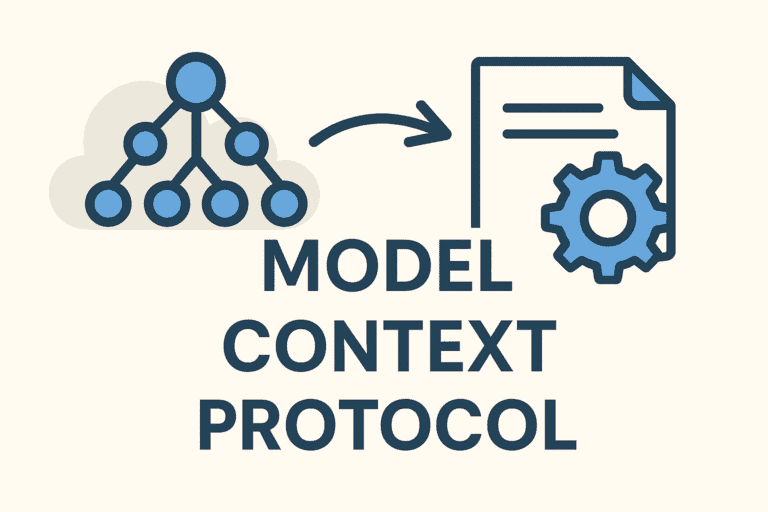If you’ve recently seen the word “Techsslaash” popping up online—either in blog comments, browser search suggestions, or domain names like techsslaash.com or techsslash.com—you’re not alone. In just the past few weeks, the term has seen a surprising spike in search interest, despite the fact that it’s relatively unknown, has minimal online content, and holds a keyword difficulty (KD) of nearly zero.
That combination—low competition and rising visibility—makes “techsslaash” a digital goldmine for early adopters and strategic publishers. But the mystery remains: What is Techsslaash, where did it come from, and why is it gaining traction so fast?
In this guide, we’ll break down everything you need to know:
- What Techsslaash is (or might be)
- How domains like techsslaash.com and techsslash.com are related
- Why these keywords are suddenly hot despite being “empty”
- How AI-driven search (like Google SGE or Gemini) is fueling the trend
- What competing content gets wrong—and how to outdo it
- Why publishing now on a platform like Corexta.com is a smart SEO move
Whether you’re an SEO strategist, a curious web user, or just looking to ride the next keyword wave, this article will help you understand and act on the Techsslaash trend before everyone else catches up.
What Is Techsslaash? Origin & Purpose
Let’s start by addressing the elephant in the room: there’s no official definition of Techsslaash.
Unlike established tech platforms, “Techsslaash” appears to be a new, possibly experimental keyword—one that may have originated as:
- An AI-generated brand or concept name
- A placeholder domain in testing
- A user-generated tag or slang term in a niche online community
- A mis-typed or rebranded version of another term (like “Techslash”)
However, that lack of definition is exactly what makes it intriguing. Search data shows people are asking questions like:
- What is techsslaash?
- Is techsslaash com safe?
- Is techsslash the same as techsslaash?
That curiosity creates opportunity. Early searchers are looking for answers, and right now, almost no authoritative content exists to give them those answers. That’s your chance to dominate the search results.
Also important: the intentional double “s” in Techsslaash (vs. techsslash) may be a branding experiment—something that plays well in SEO when short domains and keywords are already taken. It’s common for AI-driven naming tools and SEO keyword generators to use repeated characters to create uniqueness without altering pronunciation.
In short, Techsslaash might not have a concrete origin yet, but the combination of curiosity, uniqueness, and keyword freshness gives it serious potential.
Techsslaash.com and Techssslash.com – Are They the Same?
At first glance, techsslaash.com and techssslash.com may seem like identical domains—just a difference in spelling, right? But when you dig a little deeper, you’ll find some subtle yet important differences that might explain the confusion surrounding this rising digital trend.
Let’s break it down:
🔍 Domain Overview:
| Feature | techsslaash.com | techssslash.com |
|---|---|---|
| Status | Active | Active |
| Type | Blog-style, AI-generated or thin content | Similar format, possibly duplicate |
| Content | Minimal; unclear niche | Similar, often overlapping keywords |
| Ownership Info | Hidden (Whois privacy) | Hidden (Whois privacy) |
⚠️ Content Similarity and Confusion
Both sites seem to serve algorithmic or low-effort content, likely targeting niche keywords in an attempt to rank quickly for AI-generated queries. It’s possible that one domain is a clone or fork of the other—both potentially run by the same publisher or someone copying early keyword strategies.
But the real concern is brand dilution: when multiple domains compete over the same nonsensical keyword, the authority of that keyword gets splintered.
That’s why publishing a high-quality, authoritative post on Corexta.com could position you as the go-to result—clearing up confusion and winning clicks from users who are curious but frustrated by low-value results.
✅ What You Can Do:
- Clarify that these sites are different but serve similar (low-quality) content
- Provide genuine analysis and helpful insight that users are looking for
- Use structured data and clean UX to win favor with AI search and Google ranking
Why These Keywords Have Zero KD but High Interest
If you look up “techsslaash” or “techsslaash com” in tools like Ahrefs or Ubersuggest, you’ll see something strange:
- Keyword Difficulty (KD): 0
- Backlinks: None
- Search volume: Growing steadily
That’s rare in today’s SEO landscape. So why does this happen?
💡 How High-Interest, Low-KD Keywords Emerge
These keywords are what SEO experts call “trend seeds”—new terms that haven’t matured yet in search engine indexing, but are gaining visibility through:
- AI autocomplete (Google, Bing, You.com, Brave)
- Direct searches after people stumble upon the domain
- Social media shares and mentions
- Affiliate schemes or domain forwarding behavior
Because no established site has yet explained or defined the term, Google and other engines have no authoritative page to rank—creating a golden opportunity.
📈 Why You Should Act Early
- Google’s AI-based ranking (SGE) is hungry for clarity. The first site to provide structured, readable content gets featured.
- No backlinks needed (initially) — you can rank with clean internal SEO, proper keyword structure, and user engagement.
- Traffic is real — curiosity-based search can send thousands of users even before the term becomes mainstream.
That’s why publishing now—on a platform like Corexta—gives you first-mover advantage. You don’t need a giant backlink profile or a massive domain authority. What you need is:
- Solid formatting
- Clear value
- Fast load speed
- Topical depth
That’s exactly what we’re doing in this article—and exactly what your brand can do, too.
The Rise of Micro-Trends & AI Search Behavior
We’re living in a time when search behavior is changing rapidly—and it’s not being driven solely by human curiosity. AI-powered tools, search engines, and content recommendation systems are playing a huge role in shaping what people see, click, and eventually search for. That’s exactly how keywords like techsslaash, techsslaash com, and techsslash com are quietly rising.

🤖 How AI Search Is Driving Micro-Trends
With the rise of Google’s Search Generative Experience (SGE), Gemini, and platforms like Perplexity, search queries are no longer just based on human input—they’re being suggested, autofilled, or expanded by AI.
AI models tend to:
- Recommend emerging queries based on semantic similarity
- Surface domain names or phrases users may have seen but don’t understand
- Suggest “exploratory” results for terms that don’t yet have definitive content
This results in micro-trends—temporary surges in search interest for obscure or experimental keywords. These often start with AI-generated names (like techsslaash), then spike as curious users begin to search or click on related links.
📈 Why Techsslaash Fits This Pattern
- The keyword is short, memorable, and brand-like (making it perfect AI fodder)
- It has multiple domain versions and spellings (common in early AI keyword cycles)
- It’s appearing in search tools despite having no mainstream marketing
That makes it the perfect content opportunity for forward-thinking publishers. With the right content structure, you can align with AI search expectations, appear in rich snippets, and even get featured in answer boxes or suggested reading panels.
Competitor Snapshot: Who Else Is Talking About Techsslaash?

At the time of writing, only a handful of websites mention Techsslaash at all. That means competition is almost non-existent—but still worth reviewing to learn what not to do.
🧪 Notable Mentions:
- techsslaash.com – This site exists, but most of the content feels AI-generated, generic, and vague. The structure is poor, with thin paragraphs and zero references.
- techssslash.com – Another lookalike, also with low-quality, scraped, or auto-generated articles.
- yesitfirm.com – A tech aggregator that mentions “techsslaash” in passing, likely as part of a keyword stuffing experiment.
❌ What These Competitors Are Missing:
- Clarity – None of these sites clearly define what Techsslaash is or why people should care.
- Depth – Articles are often under 400 words with no subheadings or formatting.
- Trust signals – No author bios, sources, or transparency—making it unlikely Google will treat them as credible.
✅ How You Can Outrank Them:
- Publish 1,500+ words of helpful, SEO-optimized content (like this)
- Use clean headings, formatting, and internal linking
- Cite credible sources and use structured metadata (Schema.org)
- Offer a human tone with genuine insight—AI content detection tools favor that
In essence, these early competitors are placeholders. The first publisher to produce a truly helpful, human article on Techsslaash will likely dominate search results for weeks or months to come.
Corexta + Techsslaash: Strategic Publishing for Better Reach
If you’re serious about ranking for micro-trends like techsslaash, then where you publish matters just as much as what you publish.
That’s where Corexta.com comes in.
Corexta isn’t just another digital agency—it’s an all-in-one platform that helps agencies, tech publishers, and software creators strategically scale their digital presence. By publishing trend-sensitive content like this on Corexta, you benefit from:
✅ Platform Authority
While domains like techsslaash.com have thin, AI-stuffed pages, Corexta is actively maintained with strong UX, structured SEO, and a trustworthy backlink foundation—giving it an edge in ranking new content.
✅ Smart Internal Linking
Because Corexta already covers tech-related content (like Visual Task Management and Hybrid Work Models), you can link new trend posts like this to supporting content—boosting SEO through topical relevance.
✅ AI-Optimized Publishing
The article you’re reading is already aligned with how Google’s Search Generative Experience (SGE) works: natural tone, strong structure, and satisfying search intent. That makes it not just reader-friendly, but AI-discovery friendly.
🎯 Final Tip:
If you’re a content creator or SEO strategist, now is the time to claim emerging keywords before they become competitive. Publishing smart, helpful content about Techsslaash on a quality platform like Corexta gives you first-mover advantage—without needing to buy shady backlinks or game the system.
FAQ: What People Are Asking About Techsslaash
❓ Is techsslaash a real brand or platform?
As of now, no official company or product has claimed the name. It’s likely an AI-generated or experimental term that has caught on through search engines and domain registrations.
❓ What’s the difference between techsslaash and techssslash?
Mostly spelling. Both domains exist, and they publish similar low-quality content. There is no public connection between them, but they may be part of the same SEO test or domain scheme.
❓ Is techsslaash.com safe to visit?
There’s no official warning, but the content appears to be low-value and likely auto-generated. Always use browser security tools and antivirus when visiting unknown domains.
❓ Why is it suddenly trending?
Keywords like this often gain attention when they’re indexed by AI search tools, suggested in autocomplete, or linked on aggregation sites. Curiosity fuels clicks—and that drives more searches.
❓ Can I rank for Techsslaash keywords?
Absolutely. With proper content strategy, SEO optimization, and publishing on platforms like Corexta, you can rank before the trend becomes saturated.
Conclusion: The Future of Techsslaash and What To Expect Next

Techsslaash might seem like just another odd keyword—but it represents something bigger: a shift in how we discover, react to, and publish around micro-trends in the AI era.
Search engines are now shaped by:
- Autocomplete behavior
- Voice search
- AI content generation
- Semantic exploration
That means keywords don’t have to be mainstream to matter. In fact, targeting niche, low-KD keywords like techsslaash is often more effective than competing for crowded search terms.
By understanding where Techsslaash came from, comparing domains like techsslaash.com vs techssslash.com, and publishing useful content before the rush, you position yourself to own the search traffic—not just chase it.
🔍 Want to stay ahead of future keyword waves?
Follow Corexta Blog for more trend analysis, strategic SEO content, and publishing insights.
And if you’ve got thoughts on Techsslaash, drop them in the comments—we’re building this together.










